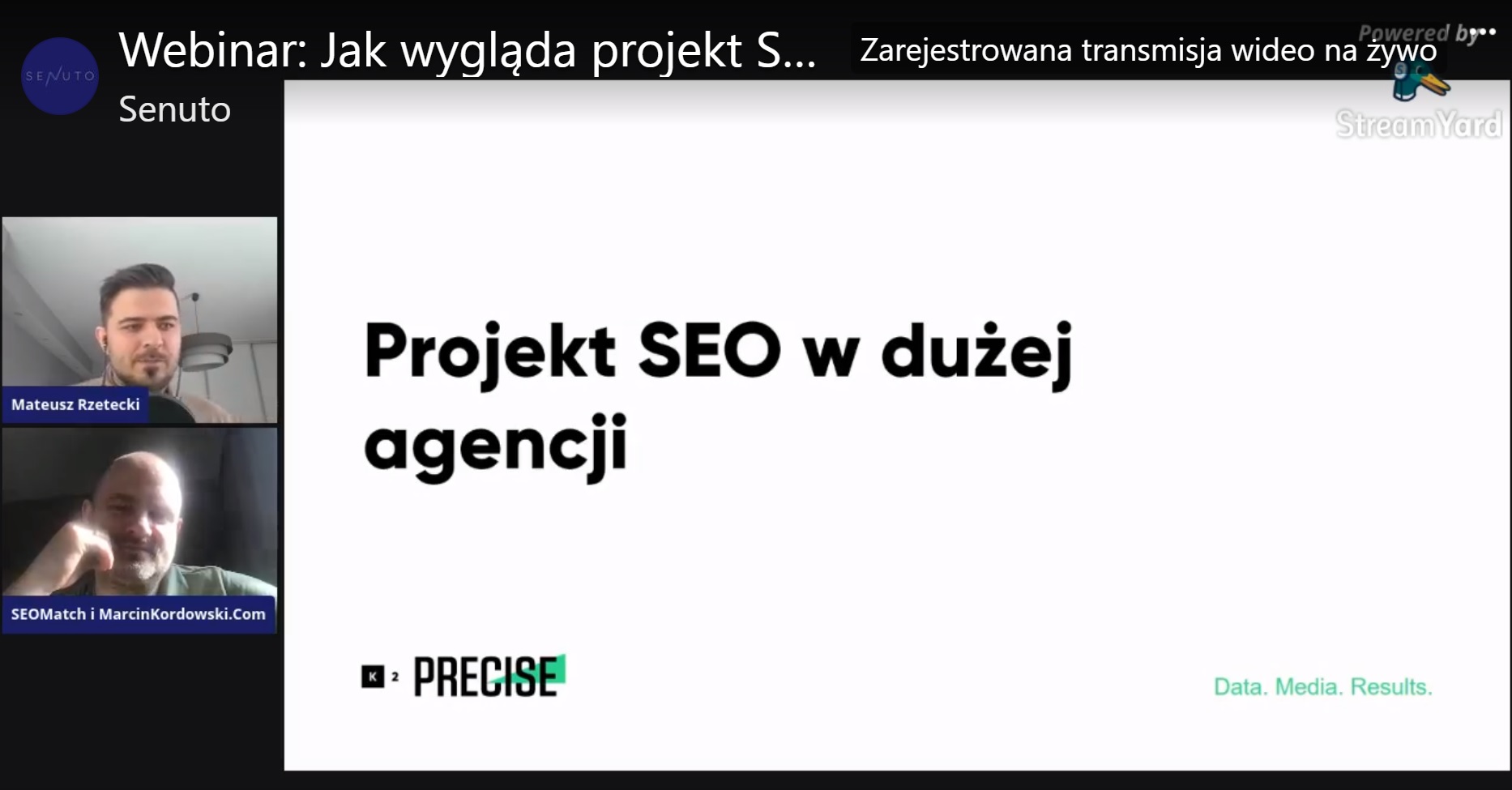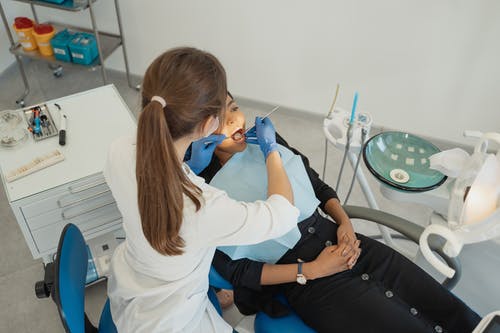Blog
Content duplication and SERP – test results
28 August 2013
In previous articles from the Duplicate Content series, you learned how to look for and avoid duplicate content, how to detect and defend against content theft from your website, and how to avoid DC in the case of multilingual websites. Today's entry is devoted to the results of a test I have been conducting for several months.
Why Duplicate Content?
It all started with the results of copying and publishing on one blog three articles downloaded from another website, in this case it was also a blog. Oddly enough, for two of the three articles, the page with duplicate content started ranking higher than the original one. This happened regardless of when the content was copied. It didn't matter whether the content was transferred a few days or, for example, a few seconds after publication. This state of affairs could result from the fact that Google does not assign any special value to the time of content indexation as an indicator of the authorship of this content.
So what does Google take into account when ranking the same content on different websites?
There are many possibilities here. I decided to check one of them, namely the impact of the website's quality (determined on the basis of the number of backlinks) on its position in the search results.
Test assumptions
The test involved 5 original blogs and one created from copied content. Each of the five blogs has been online for over a year. They present several articles covering the same topics. Additionally, each of them is linked to from several to a dozen domains. In the rest of the article I will use blog numbers and refer to the values from the table below

All blogs are created on free platforms. They are our property used for internal testing.
For each article, the positions in Google were checked for two queries:
a)accurate– article title,
b) general, i.e. the key phrase for a given article, included in the title.
In addition, 4 general entries related to the topic have been selected for all blogs. A total of 26 keywords / key phraseswere monitored at the end of the test. For testing, I used the WebCEO tool. To simplify the calculation of average positions, if a blog was not found for a given phrase in the first 30 search results, it was assigned position 31.
The most important observations
In the case of content newly copied and indexed by search engines, a relatively clear trend is observed: copied content ranks high and replaces original content in search results. In most cases, however, after some time the original entries return to their "places". It can be said that when the copied content is indexed by search engine robots, the articles receive an FSB (so-called fresh site bonus), which disappears after some time. However, the results of the test do not sufficiently support this thesis. Therefore, please bear in mind that Google may behave differently in your case.
Is it possible to build a website on copied content and outperform the original sources in the Google ranking?
It took a few days and a few links before the new blog was noticed by Google's search engine robots
Just three days (green dot in the chart above) after creating a new page and copying a few articles, the blog began to appear in the top 30 search results for certain terms. After two weeks (blue point on the chart), 65% of the 20 phrases monitored at that time appeared on the first 3 pages of search results, and 40% of them were in the top 5. The next record (black point) was 50%. of the monitored 20 entries in the top 10 and 45% in the top 5. The following days saw small fluctuations in position.
As you can see from the chart above, despite the fact that the website was built solely on copied content, we managed to achieve quite good positions for selected phrases.
In the next two months, the blog with duplicate content already contained all articles, therefore 26 keywords were monitored. You can see the results of the average positions in the illustration above, where you can see that the website records decreases in average positions from week to week, so that at the end of the test it occupies the last position among the blogs participating in the experiment.
Okay, but what about a single entry?
Someone will probably say that the average position of 26 phrases is too generalonly outline of the whole situation, so below you will find two charts showing average positions measured for specific articles.
As you can see, in this case, at the beginning the duplicate article occupied an average position of 24 (based on two phrases) in the Google ranking, only to change places with the original entry after a few days. After less than a month, the article positions changed places again, and the original entry began to rank even better than at the beginning.
After analyzing the positions for several articles, I decided that it would be a good idea to copy the content from a website that has not been used in my test so far.
Yes, I had another blog up my sleeve on the same topic, with a year's history and 12 linking domains
Good
As in the first case, a similar tendency can be seen here. The duplicate entry changed places with the original text just a few days after publication. For a long time, the copied entry performed much better in Google search results, but eventually it fell outside the top 30.
Now some answers to your questions?
Exactly – Can the subsequent indexing of an article on our website result in our article being treated as duplicate content?
Yes, I personally believe that this is one of the factors (although it is not the most important) that Google takes into account when determining the authorship of content, so we should ensure that our entries are indexed as quickly as possible .
What happens if our article is copied by a better quality website?
In the case of really good quality websites, there is a high probability that our entry will be lower in the search results. If the article was stolen, I suggest reporting DMCA, i.e. inform Google about the theft of our property.
What can we do to help Google attribute the content to us?
Authorship, i.e. connecting your Google+ profile with the texts we create (implementation details can be found here). Considering the direction Google is heading, in my opinion Authorship is mandatory. It undoubtedly helps search engine robots determine the author of a given content, but it also has a positive impact on CTR. You can also find a lot of interesting information on the Internet about this element and its impact on the results in SERPs.
Linking the entry from the home page for faster indexation. It is probably obvious to all of you that when an entry is published, it lands on the home page. But what if we have a popular website/company website and the blog is just an addition? Search engine robots may then visit our blog less frequently and thus index entries slower. Therefore, it is worth adding links with teasers of recent entries on the website's home page to inform Google about new content as soon as possible.
Sharing the entry on social networking sites Twitter / Facebook / Google+ and? Due to the fact that social networking sites are becoming more important in SEO activities, sharing the latest entries with our fans is becoming a mandatory element. through these websites. Such information may be an additional signal to Google, confirming the authorship of our article and may help in faster indexing of this content.
Summary
A few weeks after the end of the test, the blog containing duplicate content is in last place among all 6 websites. This situation applies to both general entries for the tested topics and those for specific articles. Comparing the test results with what I know so far about content duplication, I can say that Google is getting better at recognizing the actual author of the content. Unfortunately, even though our website has original content, it won't make us appear higher in search results. The quality of a given website is very important here, which is why there are very often situations in which a better website overtakes us in the SERPs. Unfortunately, as shown in the test, 49 linking domains were not enough to maintain a stable position.
In addition, I assume that Google pays attention to the proportions of duplicate content to unique content on our website. At the moment when andthe amount of DC exceeds a certain level, the service loses "in the eyes" robot óin search engines and thus occupies lower positions.
Content duplication and SEO activities
Previous
SEO guide for e-commerce – online store optimization in a nutshell, part AND
Next
Also read

Local SEO – what you need to know
Local SEO is crucial for smaller companies that operate on a regional rather than national level.



